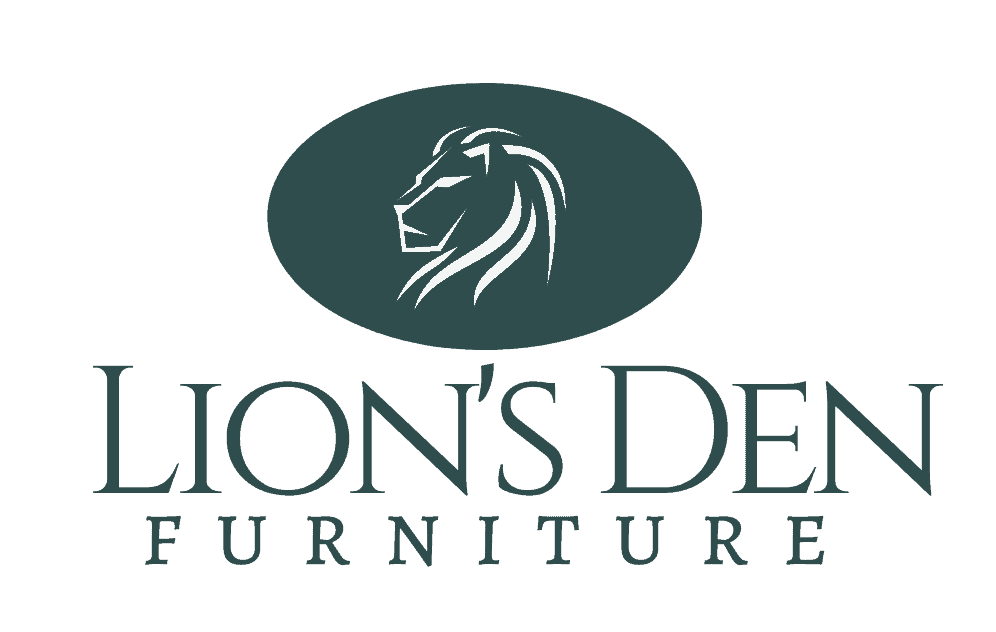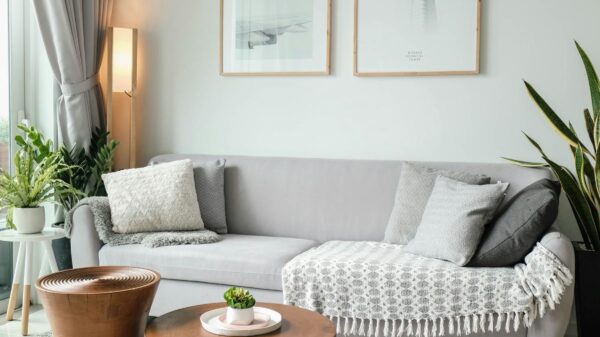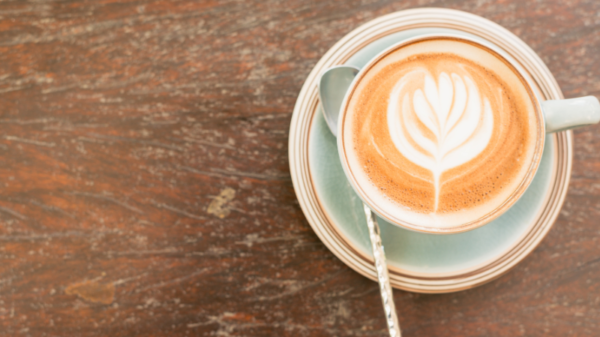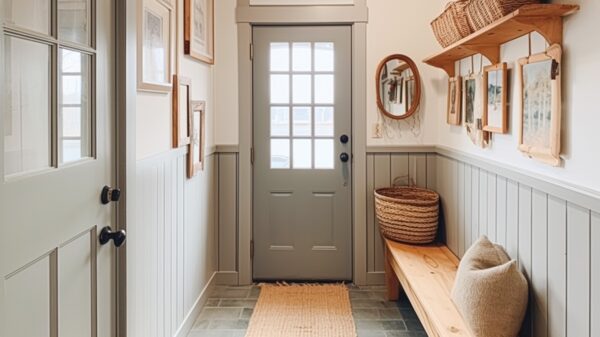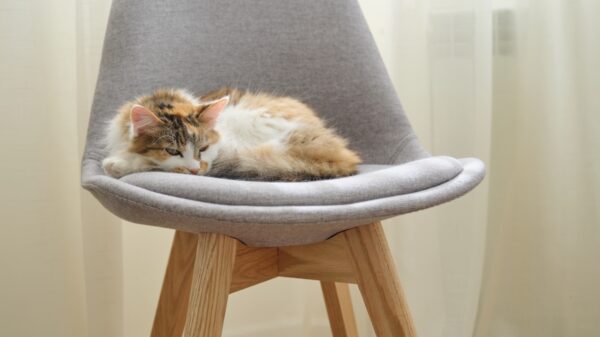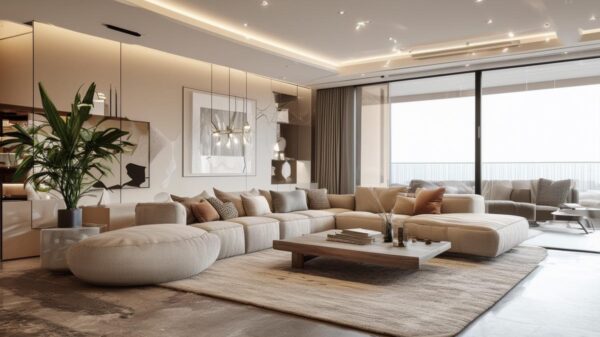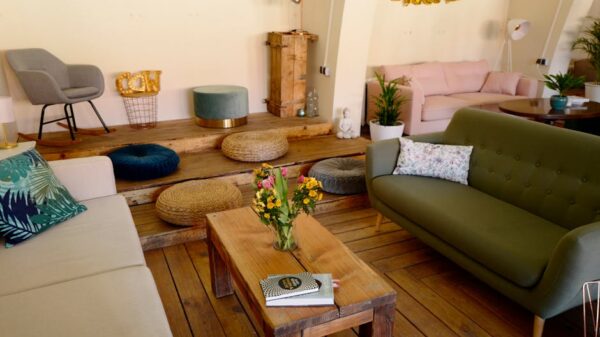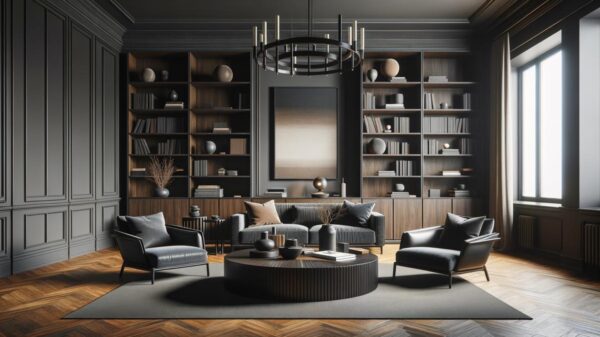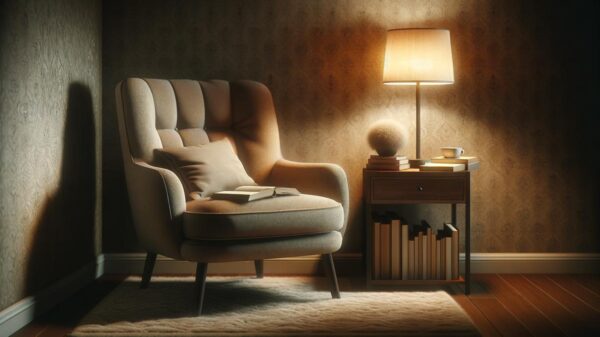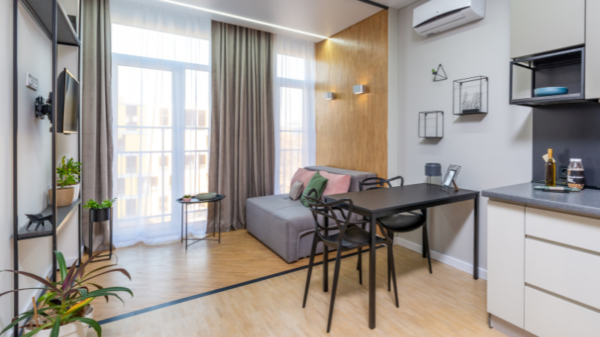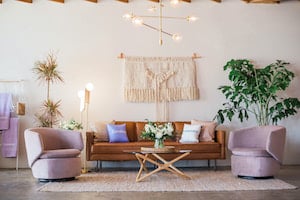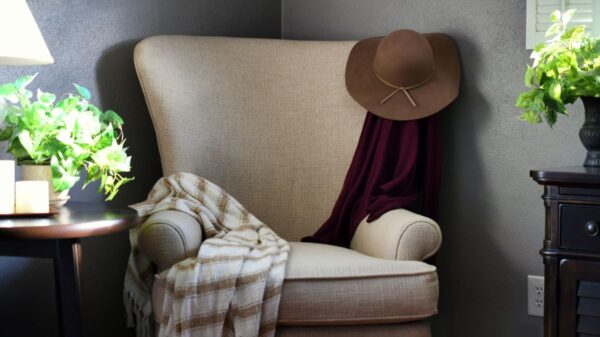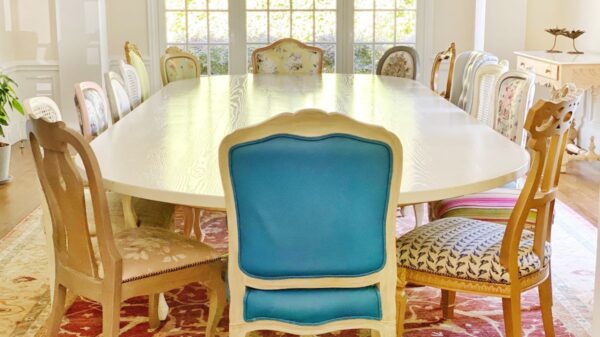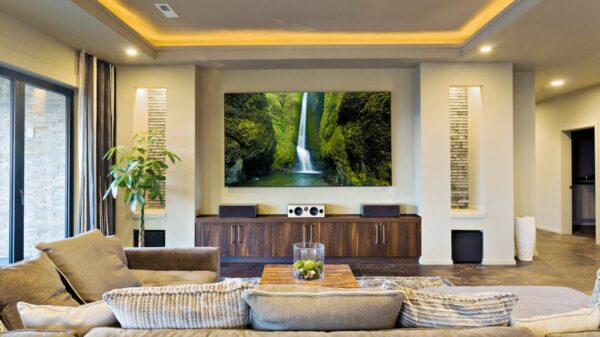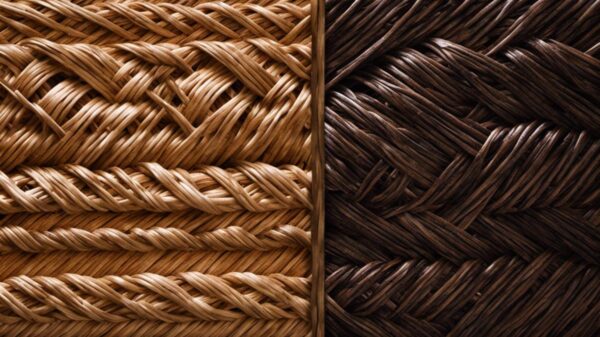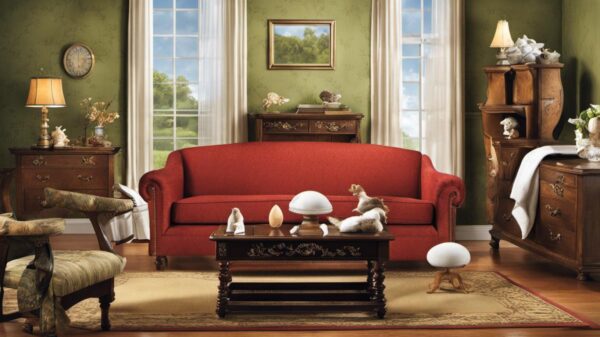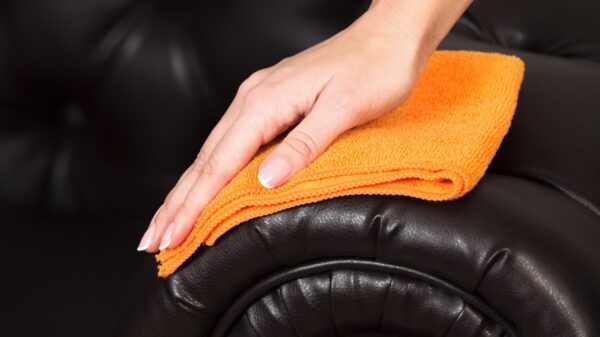The Ultimate Guide to the Best Materials for Durable Furniture
When investing in furniture, durability is often a top priority. The right materials ensure your furniture lasts for years while maintaining its style and functionality. Whether you’re furnishing your home or office, understanding the best materials for durable furniture will help you make informed choices that stand the test of time.
In this guide, we’ll explore the most reliable materials for furniture, their pros and cons, and tips for choosing the right ones for your needs.
Why Material Matters in Furniture Durability
The material used in furniture construction determines its lifespan, maintenance requirements, and ability to withstand daily wear and tear. Choosing durable materials means fewer replacements and better long-term value. From wood to metal to upholstery fabrics, the quality of these materials directly impacts your furniture’s performance.
1. Solid Wood: The Classic Choice for Longevity
Overview
Solid wood has been a furniture staple for centuries. Known for its strength, beauty, and timeless appeal, it is one of the most durable options available.
Best Types of Solid Wood for Durable Furniture
- Hardwoods: Oak, maple, cherry, walnut, and mahogany are dense and highly resistant to wear and tear.
- Softwoods: Pine and cedar are less dense but still provide good durability when properly treated.
Pros
- Long-lasting and repairable (e.g., scratches can be sanded out).
- Naturally beautiful with unique grain patterns.
- Supports heavy weight without bending or breaking.
Cons
- Heavier and more expensive than other materials.
- Requires regular maintenance, such as polishing and avoiding moisture.
2. Engineered Wood: Affordable and Durable Alternatives
Overview
Engineered wood, such as plywood, MDF (medium-density fiberboard), and particleboard, is made from wood fibers, veneers, or particles bonded together with adhesives.
Best Uses
- Shelving, cabinets, and budget-friendly furniture options.
Pros
- Cost-effective compared to solid wood.
- Resistant to warping and splitting under controlled conditions.
Cons
- Less durable than solid wood.
- Vulnerable to water damage if not sealed properly.
Tip: Look for high-grade plywood or veneered MDF for better durability.
3. Metal: Strong and Modern
Overview
Metal is a durable, low-maintenance material commonly used in contemporary and industrial-style furniture.
Best Types of Metal for Furniture
- Steel: High strength, resistant to bending, and often used in bed frames and chairs.
- Aluminum: Lightweight and rust-resistant, ideal for outdoor furniture.
- Wrought Iron: Heavier and often used for decorative purposes like garden benches.
Pros
- Extremely durable and resistant to pests, such as termites.
- Easy to clean and maintain.
Cons
- Can be prone to rust if not treated.
- Often less comfortable than wood or upholstered options.
4. Upholstery Fabrics: Durable Choices for Comfort
Overview
When it comes to sofas, chairs, and beds, upholstery plays a crucial role in durability. The fabric must resist daily wear while offering comfort and style.
Top Upholstery Materials
- Leather: Timeless and durable, genuine leather resists stains and aging gracefully.
- Microfiber: Synthetic, stain-resistant, and budget-friendly.
- Performance Fabrics: Designed for heavy use, they repel stains and moisture.
- Wool and Blends: Natural durability and a luxurious feel.
Pros
- Options like leather and performance fabrics are both durable and easy to clean.
- Variety of textures and colors to suit any design style.
Cons
- Natural fabrics may require more maintenance.
- High-quality materials like leather can be costly.
5. Glass and Stone: Elegant and Resilient Surfaces
Overview
For tables, countertops, and accent pieces, glass and stone materials offer both sophistication and durability.
Best Types
- Tempered Glass: Resistant to scratches and breakage, perfect for coffee tables and dining sets.
- Marble and Granite: Luxurious and incredibly durable for tabletops and kitchen islands.
Pros
- Resistant to stains, scratches, and heat when sealed properly.
- Adds a premium look to any furniture piece.
Cons
- Heavy and more expensive than other materials.
- Can chip or crack under significant impact.
6. Rattan and Wicker: Lightweight and Long-Lasting
Overview
Rattan and wicker are popular materials for outdoor furniture but are also used indoors for casual or bohemian-style pieces.
Pros
- Lightweight yet durable.
- Natural aesthetic and eco-friendly options available.
Cons
- Not as durable as metal or solid wood for heavy use.
- Requires sealing and protection from moisture for longevity.
How to Choose the Right Material for Your Needs
- Consider Usage:
- For high-traffic areas like living rooms, opt for solid wood or performance fabrics.
- For outdoor use, aluminum or treated rattan works best.
- Evaluate Maintenance Needs:
- Leather and metal are easy to clean but may need occasional treatments.
- Natural materials like wood and stone require more upkeep.
- Set a Budget:
- Engineered wood and synthetic upholstery are budget-friendly alternatives to solid wood and leather.
- Factor in Style:
- Choose materials that align with your design preferences, whether it’s rustic, modern, or traditional.
Tips to Maximize Furniture Durability
- Regular Cleaning: Dust, polish, and vacuum furniture as needed to prevent wear.
- Protect Surfaces: Use coasters, tablecloths, and furniture pads to avoid scratches and stains.
- Avoid Direct Sunlight: Prolonged exposure can fade wood finishes and upholstery.
- Check Weight Limits: Don’t overload furniture beyond its specified capacity.
Conclusion
Choosing the best materials for durable furniture is essential for long-term satisfaction and value. Whether you prioritize the timeless elegance of solid wood, the modern versatility of metal, or the cozy comfort of high-quality fabrics, there’s a material to suit your needs. By understanding the strengths and weaknesses of different options, you can make an informed investment in furniture that stands the test of time.

